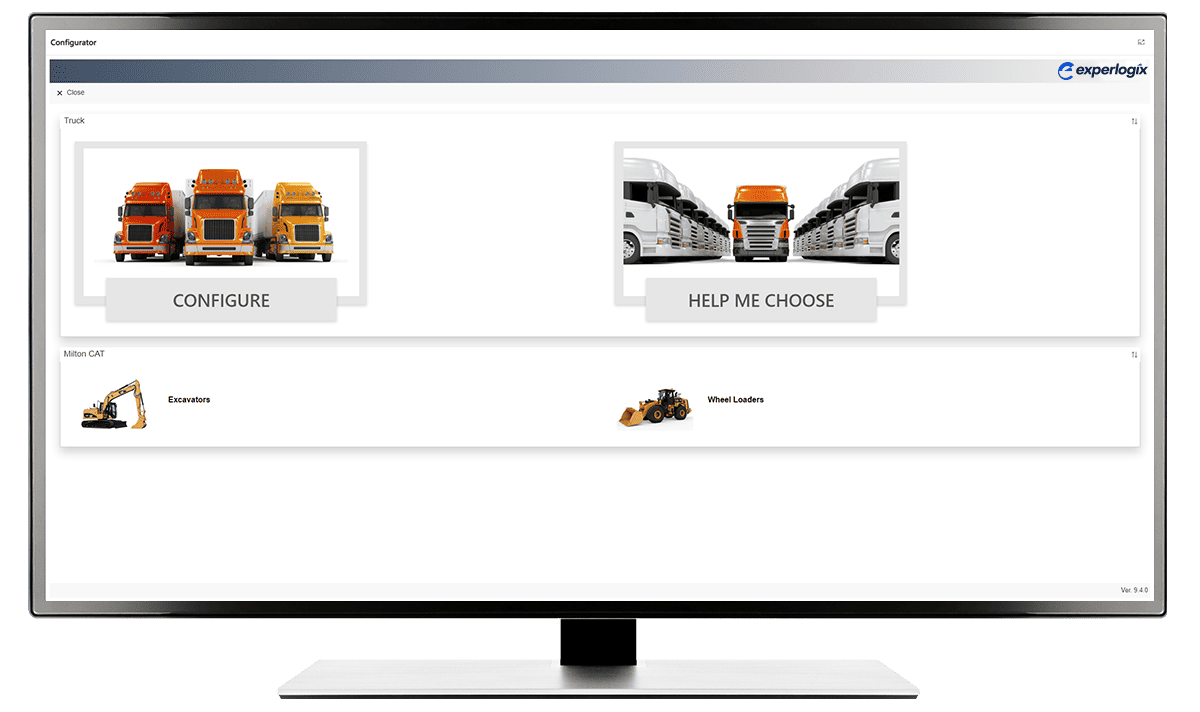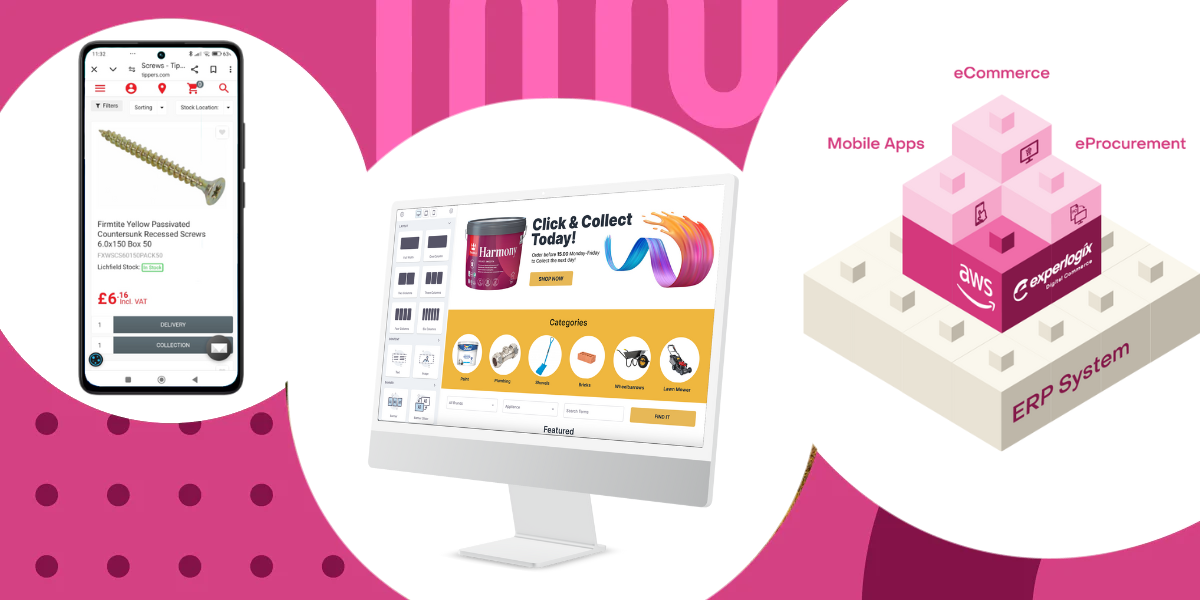Looking at The Business Value of Low/No-Code Software

There was once a time, not too long ago, when the prospect of building or customizing your own business software was unrealistic. After all, these applications are complex and require a strong background in coding and computer science to create, right?
Maybe not.
Advances in technology along with the increased accessibility of code-editing tools have made it easier than ever for anyone to learn how to create and customize their own solutions. The low/no-code software movement has dramatically transformed the face of business — and that momentum is still growing. Just in 2023, Gartner expects growth for low/no-code business solutions to reach 20% worldwide.
This article will dive into the topic, discussing what customized-by-you software looks like and outlining why it’s such a game-changer for modern businesses.
What is Low/No-Code Software?
Low-code/no-code software is an application that requires little or no coding to create or maintain, making it easier for non-technical or business users to build the functionality they need.
For organization, low and no-code solutions allow them to to create applications, websites, or any type of digital product without needing to dedicate extensive development resources.
What It Looks Like in Action
While no two no or low-code applications are the same, all share one key trait in common: They make it easier for business users to develop and maintain their functionality. The end result is a business application that parallels the powerful features of software that requires more coding.
These solutions often leverage a visual interface.
In Experlogix CPQ software, for example, users can configure products by selecting from drop-down menus, and not even our rules engine requires programming knowledge — users can create new rules in the easy-to-use Design Center and calculations using the same formula syntax they’d use in Microsoft Excel.
There’s growing momentum for low/no-code software, both in the consumer and business markets. In 2023, Gartner expects growth for low/no-code business solutions to reach 20% worldwide. These solutions may require some knowledge of basic logic as well as the related industry expertise to develop, but even enterprise-grade software is much easier to develop and maintain when it offers a low/no-code environment.
Advantages of Low/No-Code Software
So, why should you invest in low/no-code solutions? There are several advantages, especially compared with older legacy systems. Relying on more code-reliant software means that business users can’t manage the software directly, putting more strain on technical teams. This can also create delays when users must rely on an internal team or hire external resources to customize or update the solution. Furthermore, it takes control away from the people who need to use the software the most.
Technical teams aren’t as familiar with customers’ needs or the business processes that many documents go through. For example, many companies develop their own in-house document generation and contact lifecycle management solution, often requires advanced logic or programming knowledge to build even the simplest document templates — even something like a basic quote template without graphics or much dynamic text requires help from IT.
With a low/no-code solution, the people who understand the customers the most could build quote templates that match those needs and align with the organization’s pricing structure and product ecosystem.
Solutions like Experlogix Document Automation leverage integrations with software you probably already use. With our Document Automation tool, users can build simple or complex templates using Microsoft Word. This allows business users to easily build basic documents, or more advanced communication management solutions with automated workflows.
But there are also a lot more advantages to using low/no-code solutions in general. Here are a few:
Simplicity
Even if you do know how to code, it usually takes a lot of time. With low/no-code software, you can add features and functionality more easily and more rapidly, leaving more time to focus on projects that truly require programming expertise.
Whether you understand every aspect of software development or find it too complex, business applications like Experlogix CPQ, Document Automation or Digital Commerce will simplify the process and make it easier to get the functionality you need to do your job more effectively.
Versatility and Scalability
Low-code software is highly scalable and can be used for both simple apps as well as complex enterprise-level solutions. It’s capable of growing with your company over time, since users can be onboarded and updated rapidly, and more advanced users can work more efficiently.
Limiting the programming knowledge necessary to leverage the software also means that it’s easier for business users to customize it to their needs, creating fewer development support requests in the long-term.
Cost Savings
Low-code software drastically reduces development time and cost, enabling businesses to get the most out of their software or systems budgets. You get to have more operational agility, while also allowing you to invest in other critical projects or even different areas of the business.
Enhanced User Experience
It’s no secret that the success of an application depends on how well it is adopted by users. The ease of use of low/no-code solutions makes a strong foundation for creating a great user experience — since many of the people maintaining the solution are also users themselves, feedback can be quickly applied to development and any must-have features can be implemented faster than with traditional software.
Particularly when those solutions also offer a high level of flexibility. This means that business users can tailor the software to their processes and workflow, translating to increased satisfaction and adoption.
Faster Time to Market
Traditional coding methods can be time-consuming, and it often requires a lot of manpower to get an application off the ground. Low-code development eliminates this issue, allowing organization to quickly and easily build or manage new elements to the software, in a fraction of the time.

How it Works in Experlogix
At Experlogix, we’re always striving to break barriers with new and innovative approaches to business software. Functionality has always been our top priority, but we understand the equal importance of ensuring that the tools we offer are as capable as they are easy to use.
That’s why low-code and no-code solutions are a crucial part of our approach. Our suite of low-code and no-code tools requires minimal technical knowledge, making it easier for all users, from beginner to expert, to experience the benefits of increased operational efficiency.
Take a look at our CPQ software for example. Experlogix CPQ is a platform that provides businesses with an easier way to configure products, estimate prices and generate quotes. Our clients value the intuitive Design Center, which makes it easy to build configurations and encode business rules around pricing and configuration compatibility, as well as implement features like guided selling.
Similarly, our Document Automation software makes it easy for anyone to build both simple and complex document templates, as well as automated workflows for delivery, esignature and more.
Users leverage the template builder to create document templates with virtually any kind of content — text, charts, analytics, images, links, as well as dynamic content. The best part is that it utilizes a Microsoft Word add-in, so you can create even complex documents leveraging familiar tools.
While there’s always some learning involved when adopting new software, low/no-code solutions accelerate that process. Our suite of solutions is designed to be leveraged by advanced and novice users alike.
Of course, the best way to find out how easy it is to use Experlogix is to request a demo.



